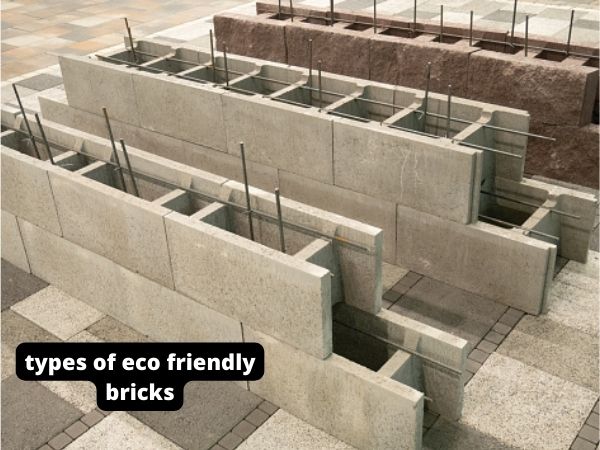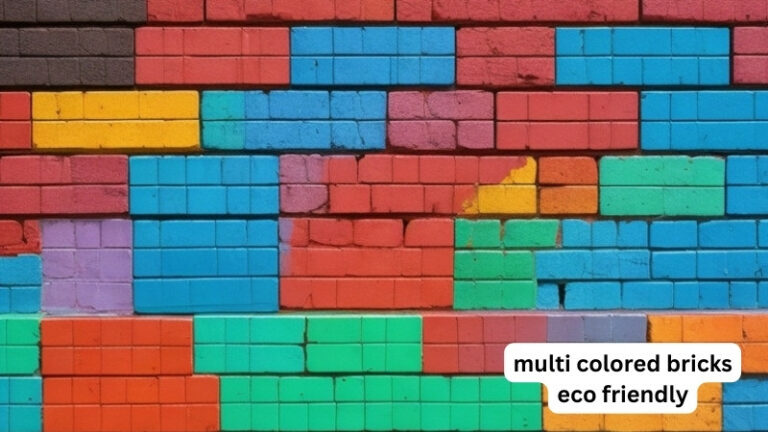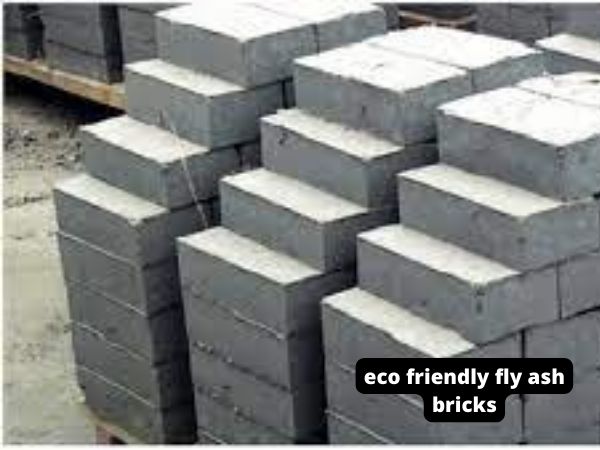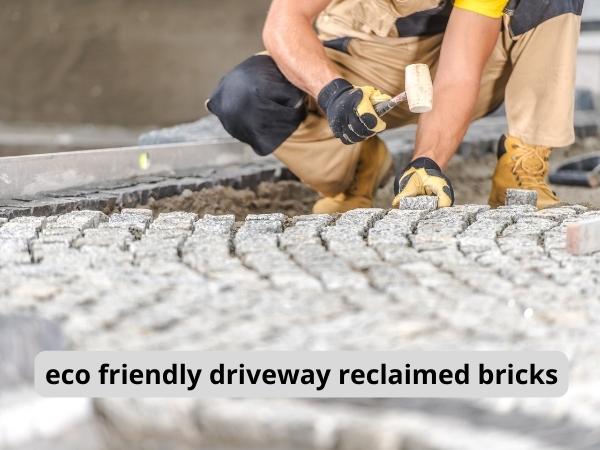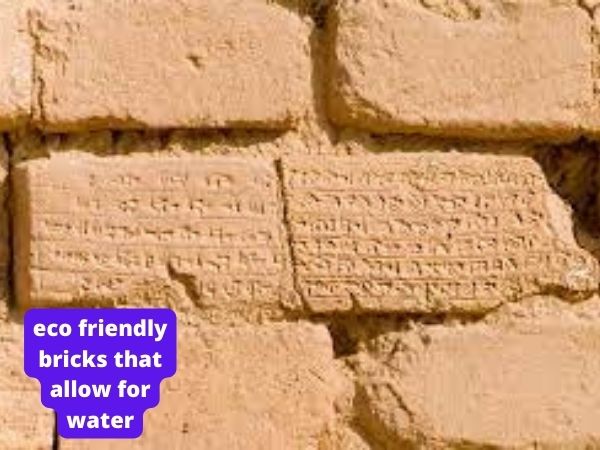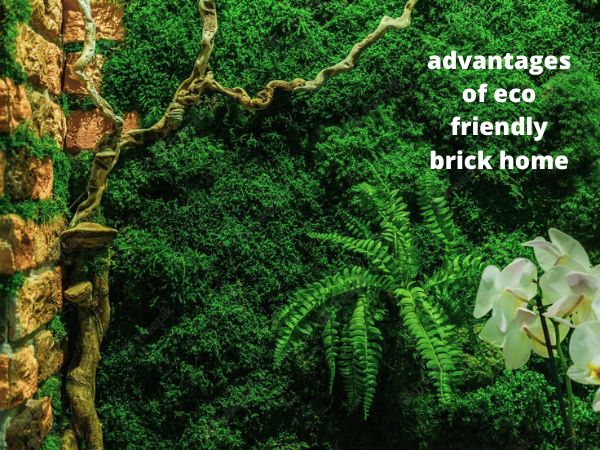types of eco friendly bricks: Which One is Right for You?
In the realm of sustainable construction practices, the discourse today delves into the multifaceted universe of eco-friendly bricks and their intricate details. As the global population burgeons, the imperative of adopting sustainable building methodologies intensifies.
The traditional approach to brick production involves firing them in kilns at temperatures soaring up to a scorching 2,000 degrees Fahrenheit. Regrettably, this method not only constitutes an inefficient utilization of resources but also engenders air pollution.
In the crucible of environmental consciousness, a new breed of brick, both eco-friendly and facile in production, emerges as a potential harbinger of a reduced environmental footprint in the construction industry.
types of eco friendly bricks:
There are a few different types of eco friendly bricks. One type is made out of recycled plastic. Another type is made out of a combination of sand, clay, and straw. And another type is made out of crushed glass.
recycled plastic eco friendly bricks:
These eco friendly bricks are made out of recycled plastic. They are a great alternative to traditional bricks because they are much more environmentally friendly. Plus, they are stronger and more durable than traditional bricks.
There are two types of recycled plastic eco friendly bricks: extruded and injection molded. Extruded bricks are made of recycled PET (polyethylene terephthalate) that has been ground into small flakes and then melted. The molten plastic is forced through a narrow die, forming it into long rods that are then chopped into small square bricks.
Injection-molded bricks start with pellets of recycled plastic that are heated until they liquefy. The molten plastic is injected into molds, where it hardens to form the desired shape.
straw-clay eco friendly bricks:
These eco friendly bricks are made out of a combination of sand, clay, and straw. They are another great alternative to traditional bricks . Plus, they are stronger and more durable than traditional bricks.
The straw acts as a reinforcing agent for the clay, and the two materials are combined to create a brick that is both strong and environmentally friendly. Straw-clay bricks can be used to build homes, schools, and other buildings, and they are an excellent alternative to traditional bricks.
crushed glass eco friendly bricks:
Crushed glass eco-friendly bricks are made by crushing recycled glass into a powder and then mixing it with cement to create a brick. There are two types of crushed glass bricks:
1) Vitrified crushed glass bricks:
The Vitrified crushed glass bricks are made by crushing recycled glass into a fine powder and then mixing it with a binder to form a brick-like shape. The mixture is then poured into molds and left to dry. The manufacture of these bricks does not produce any harmful emissions, and the end product is also very durable and heat resistant.
2) Recycled crushed glass blocks:
Vitrified crushed glass bricks are made by crushing recycled glass into a fine powder. This powder is then combined with a small amount of cement and water to form a brick-like shape. The bricks are then fired in an oven at high temperatures, which fuses the glass particles together and creates a durable, weather-resistant product.
Both types of bricks have many environmental benefits over traditional bricks, such as reducing waste, saving energy, and reducing CO2 emissions.
fly ash bricks and its usage:
Fly ash bricks are made when fly ash, a waste product of coal-fired power plants, is mixed with a small amount of clay and water to form a sticky slurry. they are made from fly ash, a waste product that is produced when coal is burned to create electricity. The slurry is then forced into brick-shaped molds under high pressure.
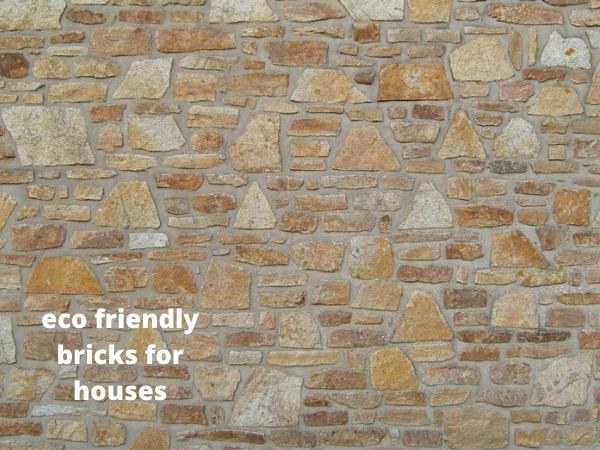
Fly ash bricks are an eco-friendly option because they are made from a waste product. They come in two types: cellular and solid. Cellular bricks have air pockets that make them lighter and thermal insulation. Solid bricks are stronger but not as light or thermal insulation as the cellular type.
compressed earth blocks and their usage:
Compressed earth blocks are made of a combination of soil, clay and straw. They are used as a sustainable building material because they are made of natural materials that can be sourced locally, and they are biodegradable.
There are different types of compressed earth blocks, including fired bricks, stabilized compressed earth blocks, and mud bricks. Fired bricks are made by burning the compressed earth block in a kiln. Stabilized compressed earth blocks have been treated with a stabilizing agent such as cement or lime.
Mud bricks are the simplest type of compressed earth block; they are simply made by wetting soil, molding it into shape, and then allowing it to dry.
are clay bricks eco friendly?
There are a few different types of eco friendly bricks available on the market today. One type is made from recycled materials, such as glass or plastic. Another type is made from natural materials, such as clay or sand.
Clay bricks are one of the most popular types of eco friendly bricks available. They are made from natural materials. they require less energy to produce and emit fewer greenhouse gases.
Clay brick manufacture does not produce any harmful emissions, making them a very environmentally friendly option. They also last longer than traditional clay bricks, which reduces the need for frequent repairs and replacements.
Final words:
There are several different types of eco-bricks, each with its own benefits.No matter what type of eco friendly brick you use, it is important to consider the impact that your building project will have on the environment.
By using sustainable materials and construction methods, you can reduce your carbon footprint and help make the world a greener place! Keep reading to learn more about these innovative products and find out which one is right for your project.
